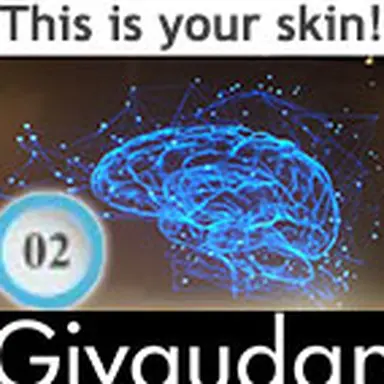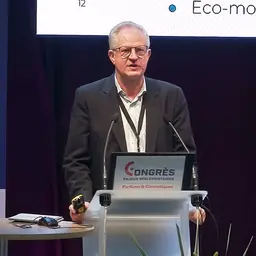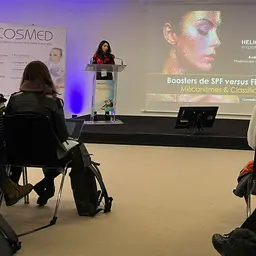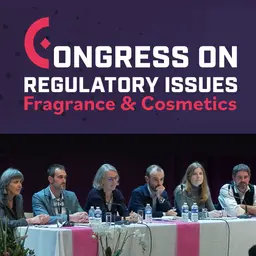
At the Jean-Paul Marty Days, Fabrice Lefevre, Marketing & Innovation Director of Givaudan Active Beauty, presented the result of his group’s latest research work, using various examples. After addressing the issue of their action on physiological stress, he showed how new cosmetics molecules could be efficient as regards themes more specific to cosmetics.
Second part of the article Neurocosmetics: a revolutionary approach to cosmetics? (1/2)
As part of their research on neurocosmetics approaches to the development of products, Givaudan researchers took interest in skin sensitivity and aging, as well as in the creation of new sensorialities.
Fabrice Lefevre presented what they found out.
Skin sensitivity
‘Sensitive skin is related to a number of mechanisms,’
he started
. ‘In our skin, there is a sensor, TRPV1, which induces pain. It is directly involved in neuro-sensitivity, and studies have shown that it also played a role in longevity, since when we reduce the notion of pain, we increase the lifespan of organisms.’
That is why Givaudan searched for a molecule able to block the pain sensor and reduce this sensation.
How Givaudan developed their active
According to Fabrice Lefevre, the solution was found ‘
by accident’
, as they were working on a micro-alga, Rhodosorus marinus, which is found in the West of France. When his research teams cultivated, fractionated, and tested it, they found out it could potentially exhibit this type of activity. The difficulty was to demonstrate its anti-pain properties very clearly.
To this aim, researchers chose a model of glial neuronal cells, …













